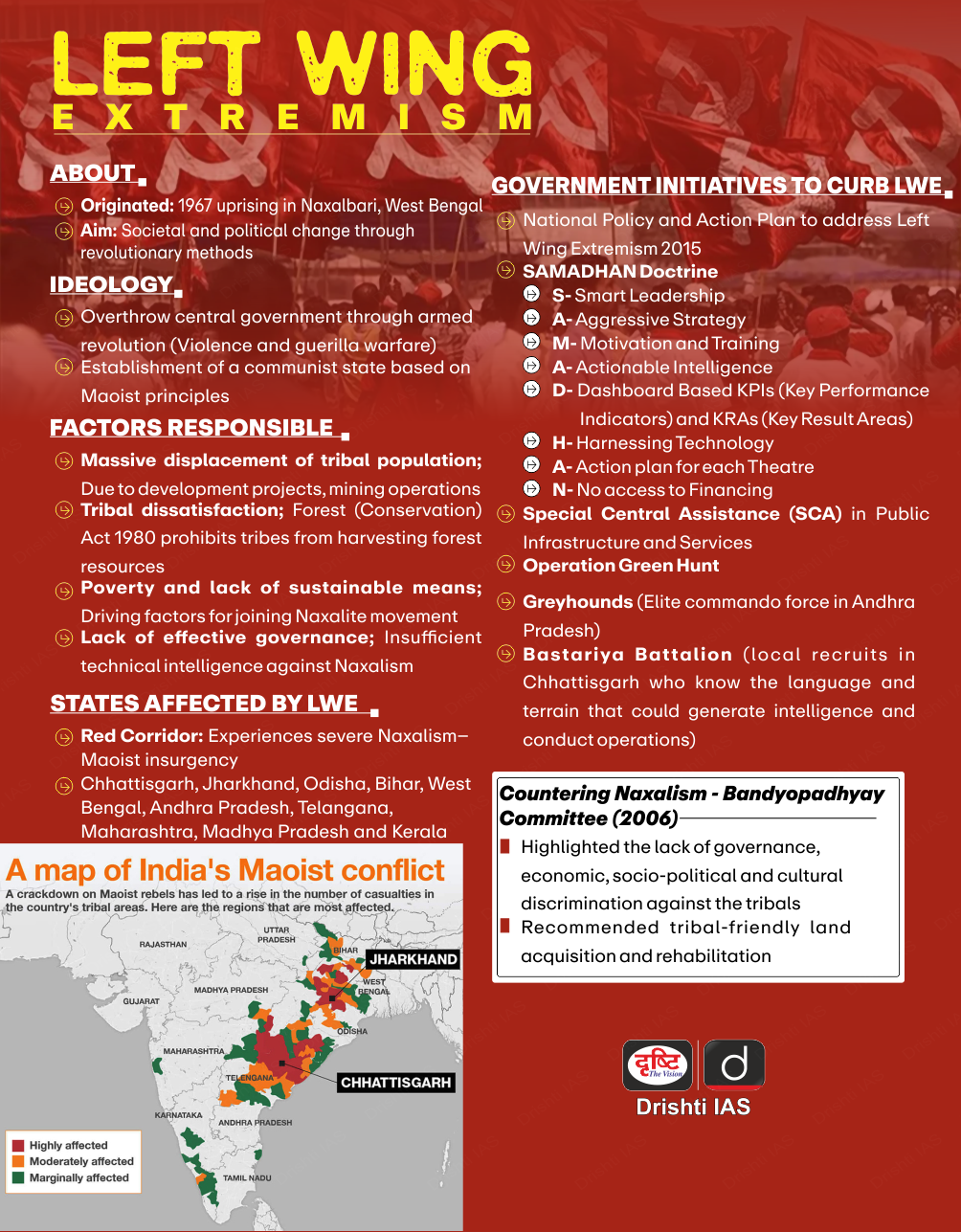Chhattisgarh Switch to Hindi
PM Inaugurates Development Works in Chhattisgarh
Why in News?
The Prime Minister laid the foundation stone, launched construction, and dedicated multiple development projects worth over Rs 33,700 crore in Bilaspur, Chhattisgarh.
Key Points
- Development Initiatives:
- The PM announced a series of developmental projects aimed at accelerating Chhattisgarh’s progress.
- These initiatives include housing for the underprivileged, improved infrastructure in education, transportation, and energy sectors, and enhanced connectivity.
- He emphasized that these projects would not only improve public convenience but also generate employment opportunities.
- He highlighted the fulfillment of homeownership dreams for three lakh poor families under the Pradhan Mantri Awas Yojana-Gramin (PMAY-G).
- Supporting Farmers and Ensuring Transparent Governance:
- He reaffirmed the government’s commitment to Chhattisgarh’s farmers and women, ensuring the fulfillment of past promises.
- He announced the clearance of two years’ pending bonuses to paddy farmers and the procurement of paddy at increased Minimum Support Price rates.
- Chhattisgarh’s 25th Anniversary: "Atal Nirman Varsh"
- As Chhattisgarh enters its Silver Jubilee year, PM declared 2025 as "Atal Nirman Varsh," dedicated to the legacy of Atal Bihari Vajpayee.
- He emphasized that the newly launched infrastructure projects align with the long-term vision for the state’s prosperity.
- Expanding Infrastructure in Tribal Regions:
- He highlighted the progress made in enhancing connectivity, transportation, and public services in remote tribal areas.
- He inaugurated new railway projects and marked the complete electrification of Chhattisgarh’s rail network.
- He emphasized the government's commitment to ensuring essential services like education and healthcare reach underserved communities.
- Strengthening Chhattisgarh’s Energy Sector:
- PM laid the foundation stone for National Thermal Power Corporation Limited’s Sipat Super Thermal Power Project Stage-III (Rs 9,790 crore) and Chhattisgarh’s first Super Critical Thermal Power Project (Rs 15,800 crore).
- He dedicated three power transmission projects under POWERGRID (Rs 560 crore) to the nation, aiming to enhance the state’s energy infrastructure.
- The initiatives aim to make Chhattisgarh self-reliant in power generation and meet growing energy demands.
- Advancing Renewable Energy and Clean Fuel Initiatives:
- PM launched Bharat Petroleum’s City Gas Distribution project (Rs 1,285 crore) across multiple districts.
- He also inaugurated Hindustan Petroleum’s Visakh-Raipur Pipeline Project (Rs 2,210 crore) to improve fuel supply efficiency.
- He introduced the ‘PM Suryagarh Muft Bijli Scheme,’ allowing households to generate solar power and eliminate electricity costs.
- Enhancing Road and Railway Connectivity:
- The PM laid the foundation stone for seven railway projects (108 km) and inaugurated three completed railway projects (111 km), totaling Rs 2,690 crore.
- He launched multiple national highway projects to improve connectivity in tribal and industrial areas, strengthening economic and social integration.
- Elevating Education and Skill Development:
- The PM inaugurated 130 PM SHRI Schools across 29 districts, enhancing education infrastructure.
- He launched the Vidya Samiksha Kendra (VSK) at Raipur to enable real-time monitoring of education programs.
- Addressing Historical Neglect and Combating Naxalism:
- He emphasized initiatives like Swachh Bharat Abhiyan, Ayushman Bharat, and PM Jan Aushadhi Kendras to support tribal communities.
- He announced the "Dharti Aaba Janjatiya Utkarsh Abhiyan," allocating Rs 80,000 crore to uplift 7,000 tribal villages.
- He introduced the "PM Janman Yojana," focusing on infrastructure development in 2,000 particularly vulnerable tribal group settlements.
PM JANMAN Scheme
- Launch: PM JANMAN was launched on 15th November 2023, a day also celebrated as Janjatiya Gaurav Divas.
- This initiative augments the Pradhan Mantri-PVTG Development Mission announced in India’s 2022-23 Union Budget.
- Objective: The objective of the scheme is to enhance the socio-economic conditions of Particularly Vulnerable Tribal Groups (PVTGs) by providing comprehensive development interventions.
- Beneficiaries: The scheme targets 75 PVTG communities across 18 states and 1 Union Territory (Andaman & Nicobar Islands) as its beneficiaries.
- Nodal Ministry: The Ministry of Tribal Affairs is the nodal ministry responsible for the implementation of the scheme in collaboration with 9-line Ministries/ Departments, and the respective state governments.
PM Surya Ghar-Muft Bijli Yojana
- About: It is a central scheme to promote the adoption of solar rooftop systems by providing substantial financial subsidies and ensuring ease of installation.
- Objective: It aims to provide free electricity to one crore households in India, who opt to install roof top solar electricity units.
- The households will be able to get 300 units of electricity free every month.
- Implementation Agencies: The scheme will be executed at two levels.
- National Level: Managed by the National Programme Implementation Agency (NPIA).
- State Level: Managed by State Implementation Agencies (SIAs), which are the Distribution Utilities (DISCOMs) or Power/Energy Departments of the respective states or UTs.
Dharti Aaba Janjatiya Gram Utkarsh Abhiyan
- Originally named the PM Janjatiya Unnat Gram Abhiyan (PM-JUGA), is an umbrella scheme to implement existing schemes across 63,000 Scheduled Tribe-majority villages.
- Dharti Aaba refers to Birsa Munda, a 19th-century tribal leader and anti-colonial icon from Jharkhand.
- The initiative aims to address critical gaps in social infrastructure, health, education, and livelihood through 25 interventions implemented by various 17 Ministries and Departments of the Government of India.
Pradhan Mantri Awas Yojana-Gramin (PMAY-G)
- About: Launched in 2016, the PMAY-G aims to provide housing for the poorest segments of society.
- The selection of beneficiaries involves a thorough three-stage validation process, including the Socio-Economic Caste Census 2011, Gram Sabha approvals, and geo-tagging, ensuring that aid reaches the most deserving individuals.
- Under PMAY-G Beneficiaries Receive:
- Financial Assistance: Rs 1.20 lakh in plain areas and Rs 1.30 lakh in hilly states, including northeastern states and union territories.
- Additional Support for Toilets: Rs 12,000 for constructing toilets through convergence with schemes like Swachh Bharat Mission – Gramin (SBM-G) or Mahatma Gandhi National Rural Employment Guarantee Scheme (MGNREGS) or any other dedicated source of funding.
- Employment Support: Mandatory provision of 90/95 person-days of unskilled wage employment for beneficiaries through Mahatma Gandhi National Rural Employment Guarantee Act (MGNREGA) for house construction.
- Basic Amenities: Access to water, Liquefied petroleum gas (LPG), and electricity connections through convergence with relevant schemes.

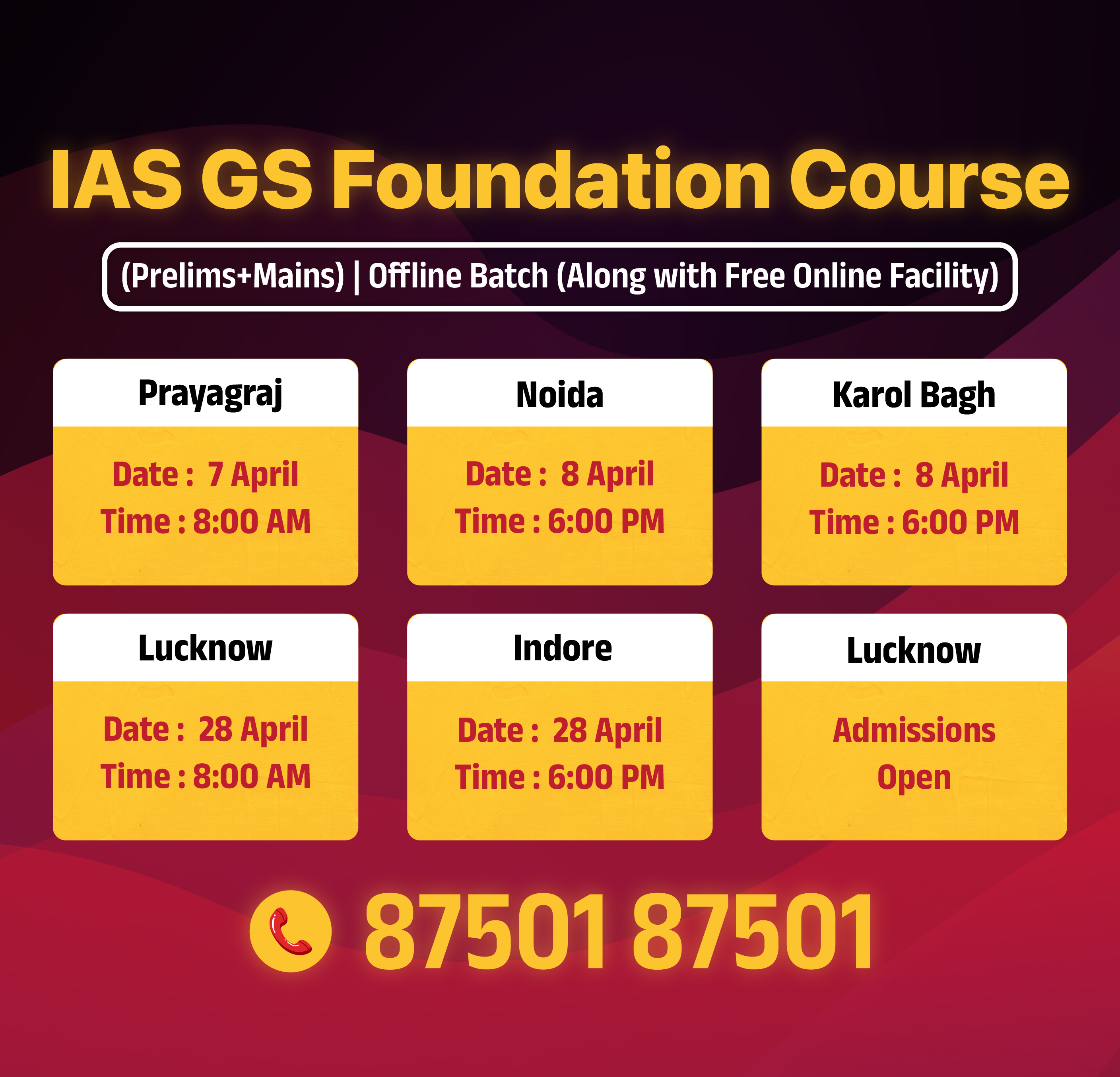
Chhattisgarh Switch to Hindi
Most Affected Left-wing extremism-Hit Districts
Why in News?
The Union Home Minister announced that the number of most affected Left-Wing Extremism-hit districts has dropped from 12 to six, marking significant progress toward a Maoist-free nation. He reaffirmed the government's commitment to eliminating Maoism from the country by 31st March 2026.
Key Points
- Reduction in LWE-Hit Districts:
- The number of most-affected LWE districts has reduced from 12 to just 6.
- The central government is committed to making Bharat Sashakt (strong), Surakshit (safe), and Samriddh (prosperous) through a tough stance against Naxalism and focused development.
- Intensified Anti-Maoist Operations:
- Chhattisgarh has witnessed a surge in anti-insurgency operations.
- In 2024, 219 Maoists were eliminated, compared to 22 in 2023 and 30 in 2022, marking a sharp increase in counter-insurgency efforts.
- Key Maoist strongholds, including Bastar, Dantewada, Bijapur, Kanker, Narayanpur, Kondagaon, and Sukma, remain the epicenter of insurgency.
- Thousands of security personnel have been deployed in the "Red Corridor" to dismantle Maoist hideouts and fortifications.
- Government’s Multi-Pronged Strategy:
- The central government aims to eradicate Maoism by 31 March 2026, through sustained military action and socio-economic development.
- Infrastructure projects, including roads and other developmental initiatives, are being implemented in insurgency-hit areas.



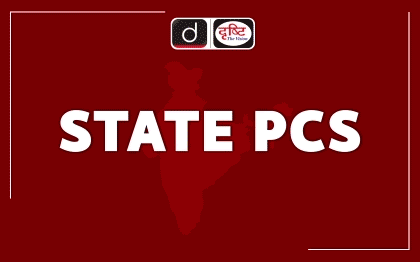
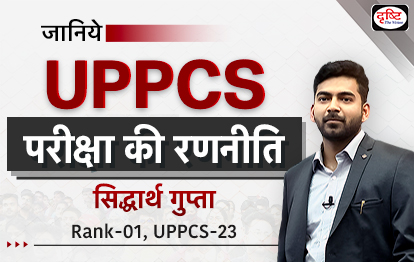

%20MPPCS%202025%20Desktop%20E.jpg)
%20MPPCS%202025%20Mobile%20E%20(1).jpg)





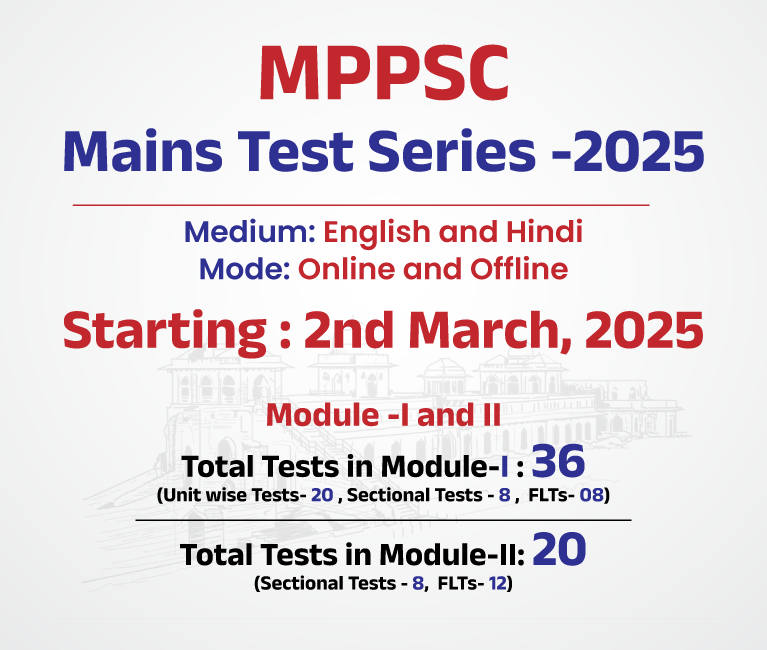



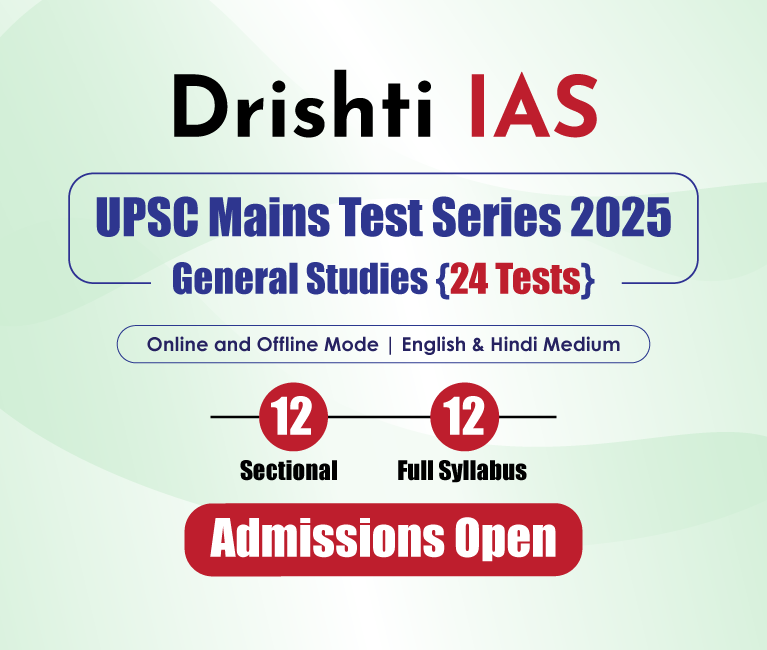



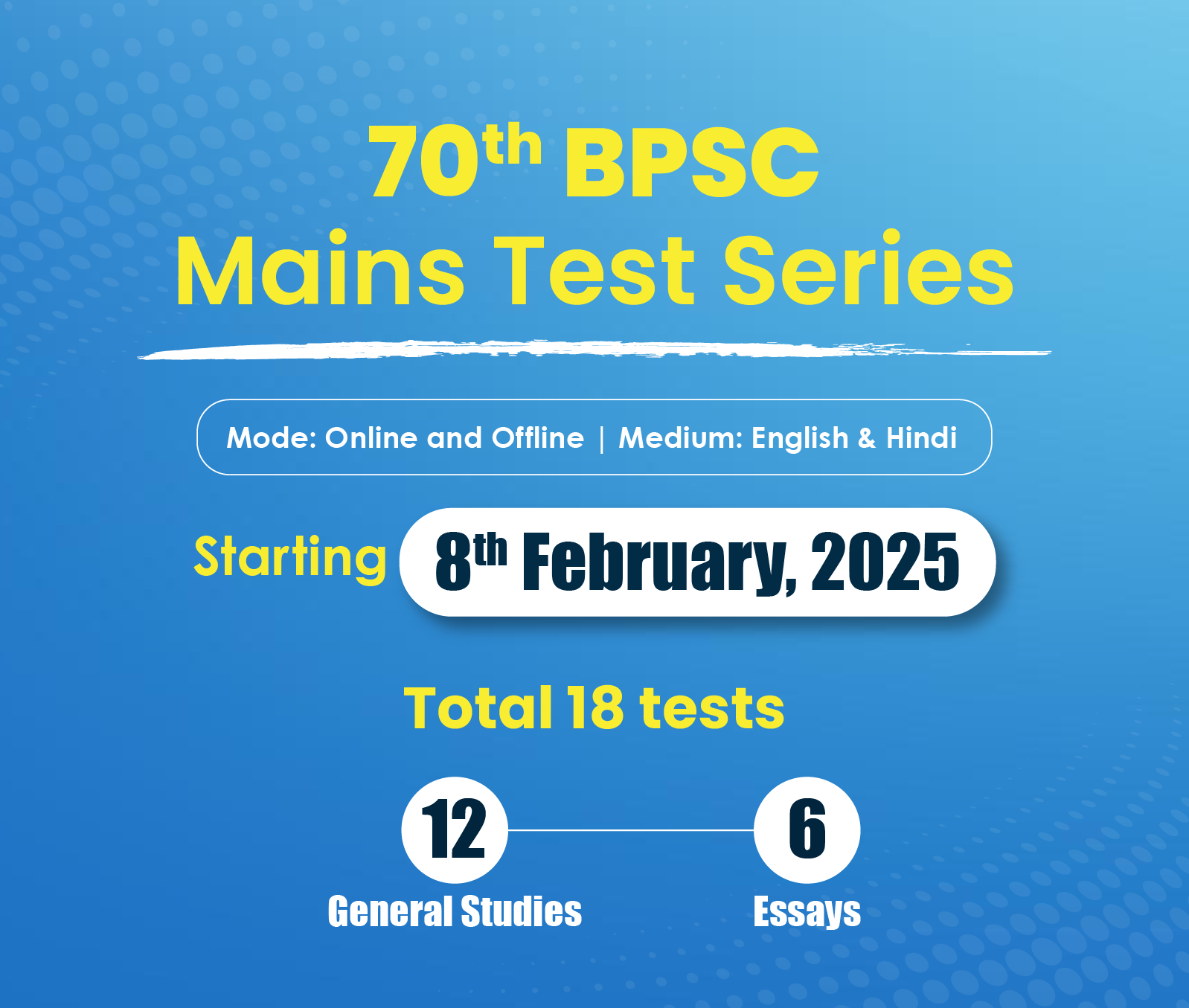

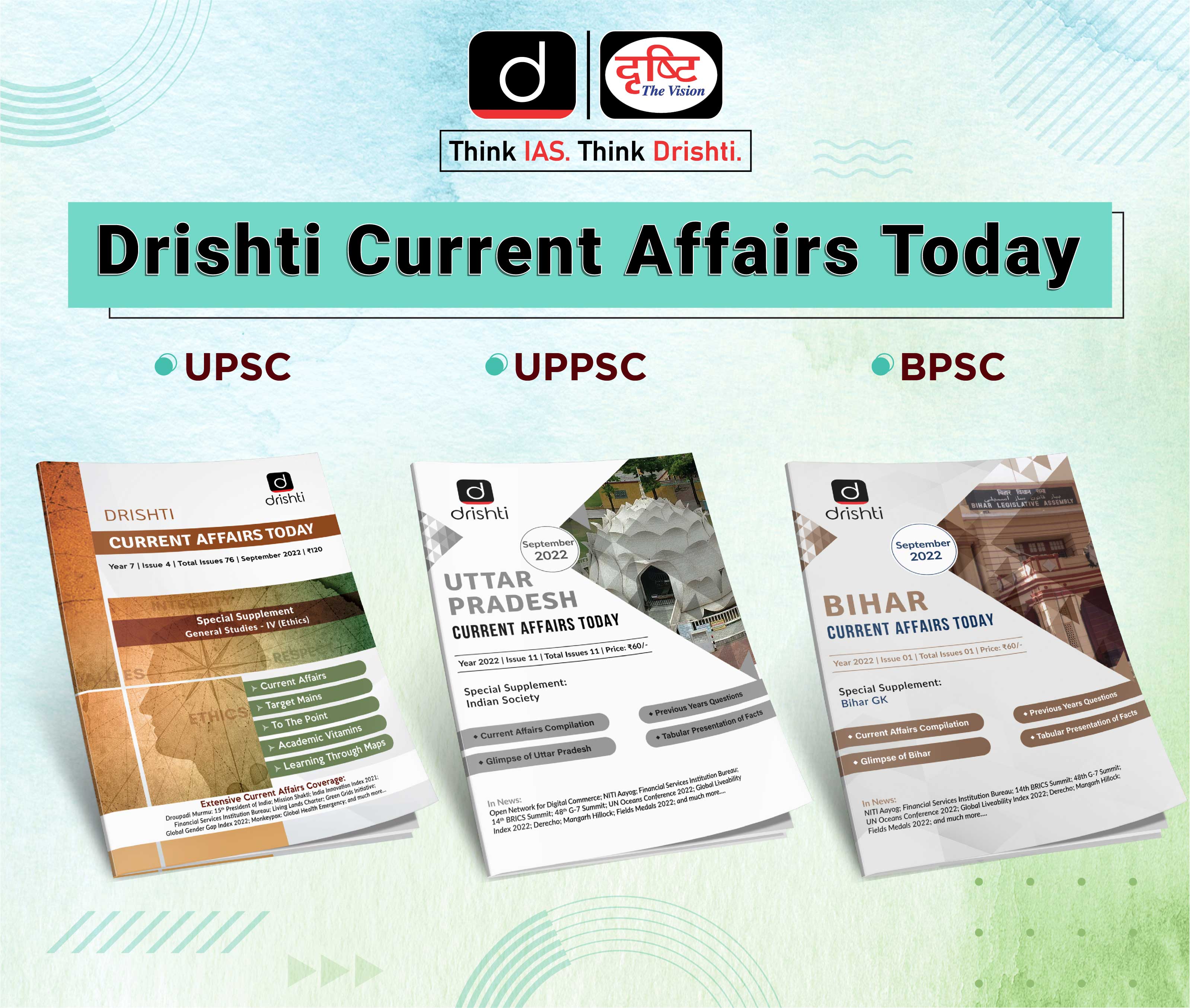

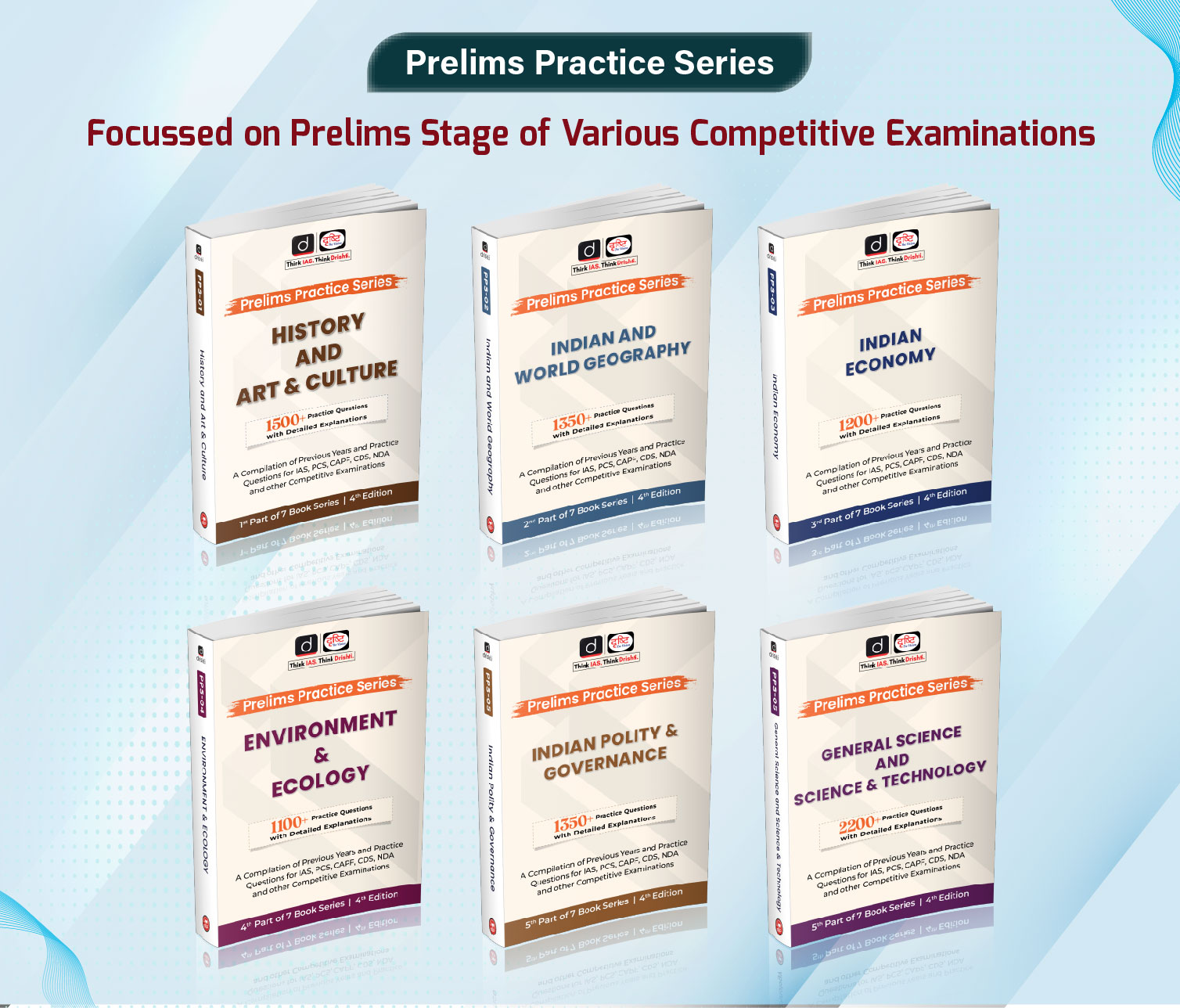

 PCS Parikshan
PCS Parikshan